With many organizations adopting a distributed workforce model, employees need to connect to their company’s network from outside the office. This has given rise to the use of technologies like Virtual Private Networks (VPNs) and Jump Servers. Both these tools allow employees to access their company’s network from a remote location, but there are significant differences between the two.
VPNs provide a secure connection between an employee’s device and the company’s network. It creates a secure “tunnel” through the internet, encrypting all traffic passing through it. Once connected, employees can access company resources as if they were physically present in the office. VPNs are widely used for remote access and are relatively simple to set up, making them an attractive option for many businesses.
Jump Servers, on the other hand, are a specialized type of server used for remote access. Also known as jump hosts or bastion hosts, they act as an intermediary between the employee’s device and the company’s network. Rather than connecting directly to the network, employees first connect to the jump server, which then allows them to access the network. The jump server adds an extra layer of security by ensuring that only authorized users can access the network.
In this article, we will explore the differences between VPNs and Jump Servers in more detail. We will examine the advantages and disadvantages of each technology and help you determine which is best suited for your organization’s needs. We will also discuss the factors you should consider when choosing between these two technologies, including security, ease of use, and scalability. By the end of this article, you should have a better understanding of which technology is best suited for your organization’s remote access needs.

Jump Servers: Overview
Pros of Jump Servers:
Secure Your Private Network
One of the most significant benefits of using a jump server is that it can help to secure your private network. By acting as an intermediary between the internet and your internal network, the jump server effectively creates a barrier that can help to prevent unauthorized access. Essentially, the jump server acts as a filter that allows only authorized users to access your network while keeping everyone else out. This can be particularly important for businesses that handle sensitive data or confidential information.
Make Hacking Devices Irrelevant
Another advantage of using a jump server is that it can help to make hacking devices irrelevant. Because the jump server acts as a barrier between your network and the internet, any attempts to access your network directly will be blocked. Even if an attacker gains access to a device on your network, they won’t be able to do much without first going through the jump server. This means that you can effectively neutralize many types of hacking attempts simply by using a jump server.
Allow You to Provide Online Services
Finally, a jump server can be useful for businesses that provide online services. By using a jump server, you can allow customers to access your services securely without exposing your internal network to potential security risks. For example, if you run a web hosting service, you could use a jump server to provide customers with access to their servers while keeping your internal network protected.
Cons of Jump Servers:
Useless for Non-Networked Devices
One of the major downsides of using a jump server is that it is useless for non-networked devices. If you have a device that doesn’t connect to the internet or your internal network, then a jump server won’t be of much use. This can be a significant limitation for businesses that rely on standalone devices or software.
Single Point of Vulnerability
Another disadvantage of using a jump server is that it can be a single point of vulnerability. Because all traffic to your network goes through the jump server, any security vulnerabilities or weaknesses in the server itself can potentially be exploited by attackers. This means that it’s essential to ensure that your jump server is properly secured and maintained to minimize the risk of a breach.
Complicated to Set Up
Finally, setting up a jump server can be complicated and time-consuming. Depending on your network setup and the complexity of your security requirements, it may require a significant amount of effort to get everything up and running. Additionally, you may need to hire a specialist to help set up and maintain your jump server, which can be costly for smaller businesses or individuals [1].
Who Should Use a Jump Server:
You Have an Office With Multiple Devices Connected
If you have an office with multiple devices connected, a jump server can be an excellent way to secure your network. By using a jump server, you can ensure that only authorized users can access your network while keeping everyone else out. This can be particularly important for businesses that handle sensitive data or confidential information.
You Provide a Service Online
If you provide a service online, such as web hosting or cloud storage, a jump server can be an effective way to protect your internal network while still allowing customers to access their data. By using a jump server, you can provide secure access to your customers without exposing your network to potential security risks.
You Are a Business Owner
As a business owner, you have a responsibility to protect your company’s data and assets. Whether you’re a small startup or a large corporation, using a jump server can help you to secure your network and minimize the risk of a security breach. By providing a single point of entry for authorized users, a jump server can help to prevent unauthorized access and protect your company’s data from theft or damage.
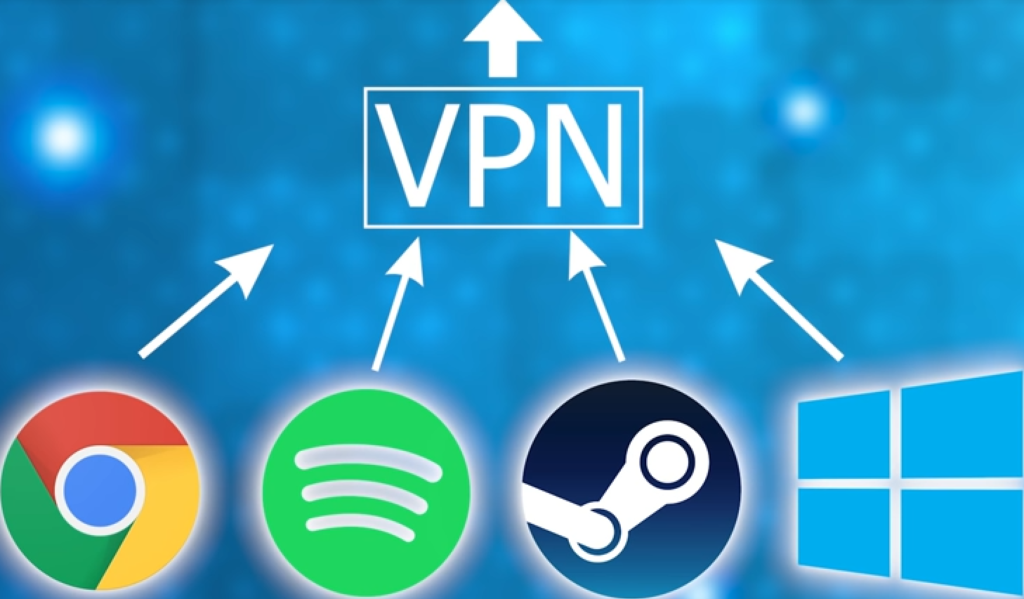
VPNs: Overview
VPNs work by creating a secure tunnel between your device and the internet. This tunnel encrypts your data and masks your IP address, making it appear as if you are accessing the internet from a different location. This can help you bypass geo-restrictions, access blocked websites, and protect your online privacy and security.
Pros of VPNs:
Hide Your Location From Webmasters
When you use a VPN, your online activities are encrypted and routed through a remote server. This means that websites you visit cannot track your real IP address, making it difficult for webmasters to determine your location. This can be especially useful when accessing sensitive websites that may track your online activity.
Keep Snooping ISPs From Getting Hold of Your Activity
ISPs, or Internet Service Providers, have access to all your online activities. They can see your browsing history, downloads, and chats, and may even sell this data to third-party advertisers. When you use a VPN, your online activities are encrypted and hidden from your ISP, making it more difficult for them to monitor your online activity.
Allow You to Access Geo-Restricted Web Services
Geo-restrictions are a common practice used by web services to limit access to their content based on location. For example, some streaming services may only be available in certain countries. When you use a VPN, you can change your IP address to appear as if you are accessing the internet from a different location. This can help you bypass geo-restrictions and access content that may be otherwise unavailable in your region [2].
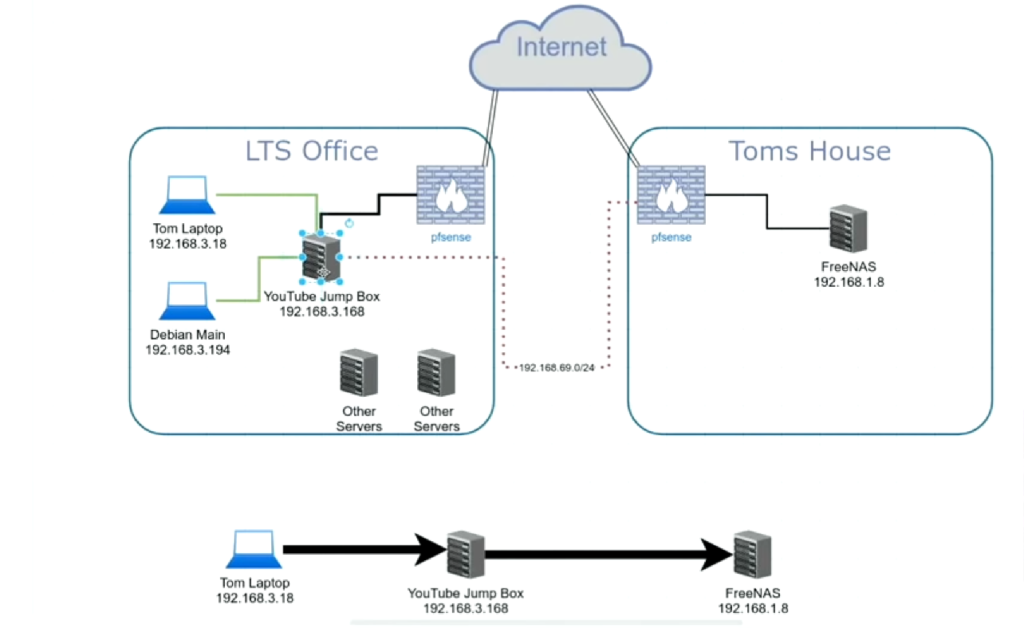
Cons of VPNs:
Location Can Leak
One of the biggest drawbacks of VPNs is that they can leak users’ locations. Even though VPNs are designed to encrypt online traffic and hide users’ IP addresses, some VPNs may still leak users’ true locations. This can happen if the VPN server is not properly configured, or if the VPN service provider is not trustworthy.
When a VPN leaks a user’s location, it defeats the purpose of using a VPN in the first place. For example, if a user is trying to access a geo-restricted service, such as Netflix or Hulu, using a VPN can help them bypass the restriction. However, if the VPN leaks the user’s true location, the service provider may still block access to the service.
Service May Stop
Another con of using VPNs is that the service may stop working unexpectedly. This can happen if the VPN service provider experiences technical issues, or if the VPN server is overloaded with traffic. When this happens, users may be unable to access the internet or certain websites.
This can be especially frustrating for users who rely on VPNs for privacy and security. If the VPN service stops working, users’ online activities may become vulnerable to hackers and other cyber threats.
Who Should Use a VPN:
You Want to Access Geo-Restricted Services Online
A VPN is a great solution if you want to access geo-restricted services online, meaning websites or streaming services that are only available in certain parts of the world. By connecting to a server located in the country where the service you’re trying to access is available, you can bypass any geographical blocks and gain full access. This is especially useful if you’re traveling abroad and trying to watch your favorite shows which may not be available in your current location.
You Need Enhanced Security & Privacy Online
Another reason why people prefer using a VPN over a jump server is enhanced security and privacy while surfing the web. Since all data sent through a VPN connection is encrypted, it offers an additional layer of protection against hackers, snoopers, and other malicious actors. This is especially important for those who use public Wi-Fi networks frequently as these networks tend to be vulnerable to hacks and data theft. Additionally, VPNs can help you keep your online activities private by masking your IP address and location.
You Prefer a One-Stop Solution
For users who prefer the convenience of an all-in-one solution, a VPN may be the better option as it not only provides security and privacy but also allows access to geo-restricted content. With a jump server, users would need to configure multiple tools to achieve the same results, so if you’re looking for simplicity, then a VPN might be the better choice.
You Don’t Want People Gleaning Your Internet History
This means that if someone were to gain access to your internet connection, they wouldn’t be able to see what websites you visited or what files you downloaded. With a jump server, however, this is not the case as all activity would be visible to anyone who has access.
You Use a WiFi Connection Instead of Mobile Data
For those who use their laptop or mobile device with a WiFi connection instead of mobile data, then a VPN may be the ideal solution. While most public Wi-Fi networks are not secure and can be vulnerable to hacks and data theft, using a VPN can help keep your connection private and secure even on unsecured networks.
You Want to Access Blocked Websites
Finally, a VPN can also help you access websites that have been blocked in your country. By connecting to a server located in another country where the website is not blocked, you can bypass any blocks and gain full access. This is especially useful for those living in countries with strict internet censorship laws.
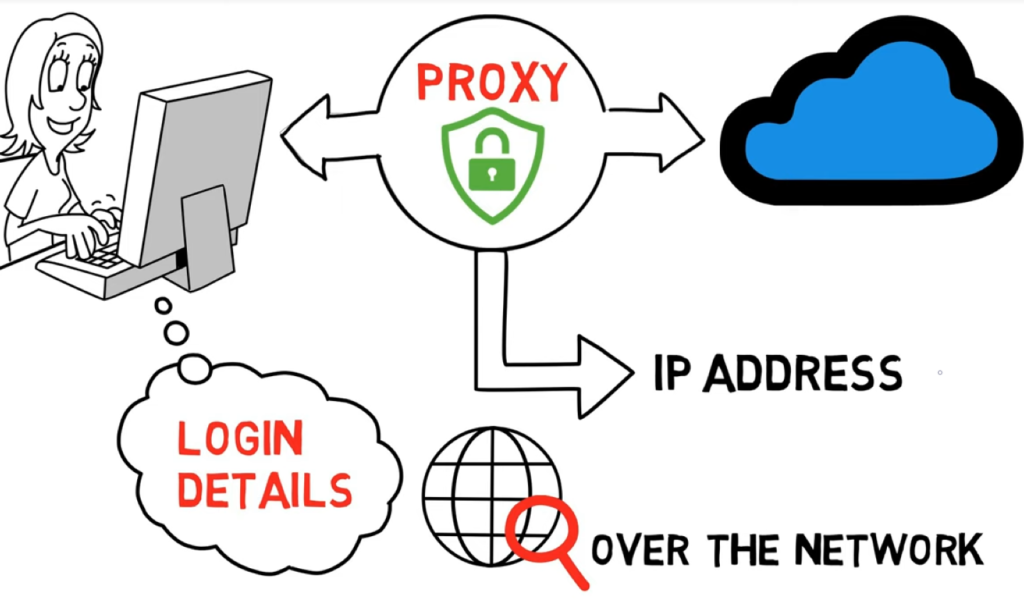
Which One Should You Use?
Jump Servers and VPNs are both technologies used for remote access, but they have some significant differences in terms of features and functionality. Here are some of the key features of each technology to consider:
Jump Servers:
- Acts as an intermediary between the employee’s device and the company’s network;
- Provides an extra layer of security by ensuring that only authorized users can access the network;
- Requires employees to first connect to the jump server before accessing the network;
- Typically used in high-security environments where access to sensitive data is tightly controlled;
- Offers granular access controls, allowing administrators to limit access to specific resources or services;
- Provides audit logs to track who accessed the network and what they did while connected;
- Requires additional hardware and setup compared to VPNs;
VPNs:
- Creates a secure “tunnel” through the internet, encrypting all traffic passing through it;
- Provides end-to-end encryption to protect data in transit;
- Allows employees to access company resources as if they were physically present in the office;
- Simple to set up and widely used for remote access;
- Can be used to bypass geolocation restrictions, allowing employees to access resources that may be restricted in their country;
- Can be used to provide secure access to cloud resources;
- Can be vulnerable to attacks if a device is compromised while connected to the VPN [3];
While both Jump Servers and VPNs offer secure remote access, they have different strengths and weaknesses. Jump Servers provide an extra layer of security by acting as a gatekeeper, ensuring that only authorized users can access the network. However, they require additional hardware and setup, which can be costly and time-consuming. VPNs, on the other hand, are simple to set up and widely used for remote access. They provide end-to-end encryption and can be used to access cloud resources and bypass geolocation restrictions. However, if a device is compromised while connected to the VPN, it can pose a risk to the entire network.
FAQ:
- What is the advantage of a jump box?
A jump box, also known as a jump server or a bastion host, is a dedicated computer or virtual machine that is used to access and manage other devices in a network. The main advantage of using a jump box is that it provides an extra layer of security by acting as a single point of entry to the network. This helps to limit the attack surface by reducing the number of access points that potential attackers can use to gain entry to the network.
- Are jump boxes secure?
Jump boxes can be made secure by implementing strong authentication and access control measures. For example, they can be configured to require multi-factor authentication, limit the IP addresses that are allowed to connect and use encrypted connections. However, like any other security measure, jump boxes are not foolproof and require proper configuration and maintenance to ensure their security.
- What is more powerful than a VPN?
Several technologies are more powerful than a VPN in terms of network security and privacy, such as:
- Zero Trust Network (ZTN): a security model that requires strict identity verification for all devices and users that access a network;
- Secure Access Service Edge (SASE): a cloud-based security solution that combines network security functions such as VPN, firewall, and secure web gateway;
- Software-defined perimeter (SDP): a security model that creates a dynamically configured, invisible network that only allows authorized users and devices to access network resources [4];
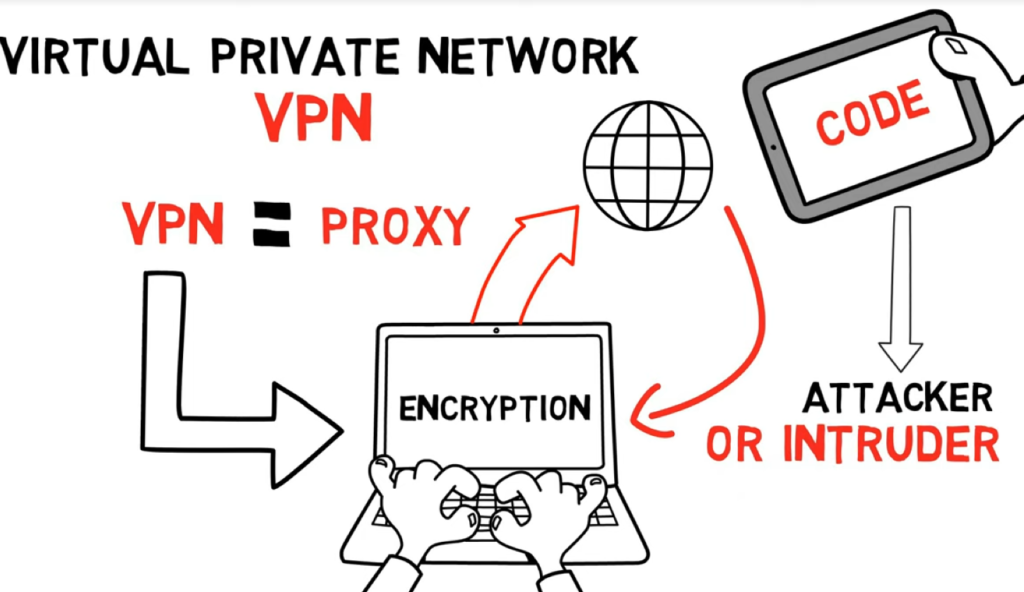
- What is the difference between a server and a VPN?
A server is a computer or a program that provides services or resources to other computers or programs over a network. A VPN, on the other hand, is a technology that creates a secure, encrypted connection between two or more devices over the internet. While a server can provide many different types of services, a VPN is specifically designed to provide secure remote access to a network.
- What is an example of a jump server?
An example of a jump server is an SSH server that is used to manage other servers in a network. In this case, the jump server acts as a secure gateway that allows administrators to access and manage the other servers without exposing them to the internet.
- How do I access it from a jump server?
To access devices on a network from a jump server, you need to connect to the jump server first using a remote access protocol such as SSH or RDP. Once you have authenticated yourself on the jump server, you can then use it to connect to other devices on the network.
- How do I set up a jump server?
Setting up a jump server involves several steps, including:
- Setting up a dedicated server or virtual machine to act as the jump server;
- Configuring the jump server to only allow authorized users to access it;
- Setting up secure remote access protocols such as SSH or RDP;
- Configuring the jump server to allow access to other devices on the network;
- What is the advantage of a jump host?
The advantage of a jump host is that it provides a secure way to manage devices on a network without exposing them directly to the internet. This helps to reduce the attack surface and improve network security by limiting the number of entry points that attackers can use to gain access to the network.
- What is an AWS jump server?
AWS (Amazon Web Services) provides a service called AWS Systems Manager Session Manager that can be used as a jump server to access EC2 instances in a VPC (Virtual Private Cloud). This service provides a secure way to manage EC2 instances without exposing them to the internet.
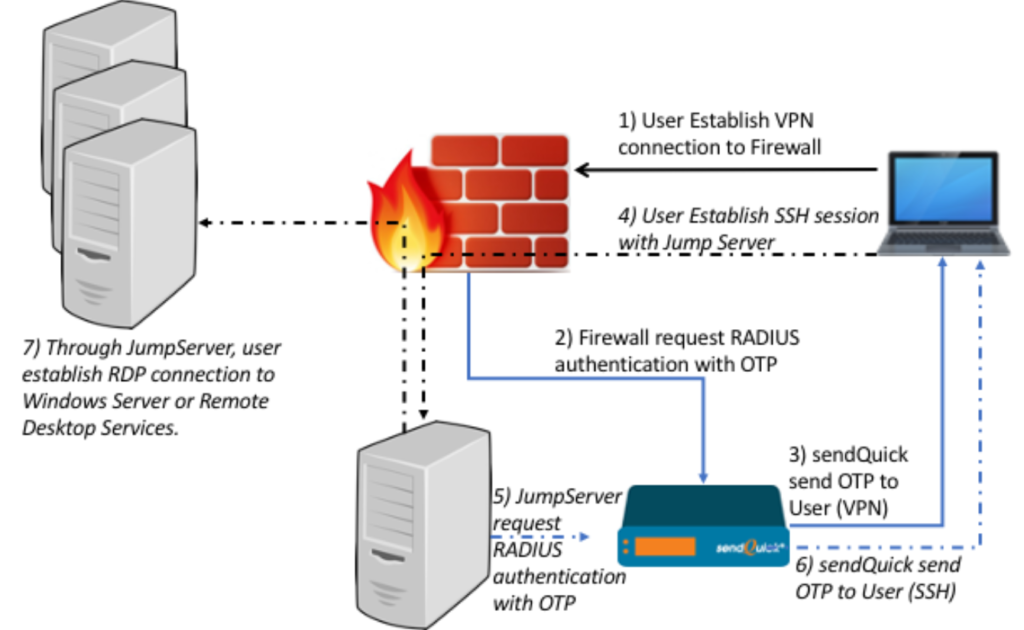
- Does a VPN server have an IP address?
Yes, a VPN server has an IP address that is used to identify and connect to the server. The IP address can be a public IP address or a private IP address, depending on how the VPN server is configured. The VPN server’s IP address is used by clients to connect to the server and establish a secure VPN tunnel.
- What is a proxy jump?
Proxy jump, also known as proxy hopping, is a technique used to access devices on a network through an intermediate device or proxy server. This technique is commonly used to access devices that are not directly accessible from the internet or to improve security by adding another layer of protection.
- What is the difference between privileged access workstation and a jump server?
A privileged access workstation (PAW) is a dedicated computer or virtual machine that is used by administrators to access sensitive systems and data. The main difference between a PAW and a jump server is that a PAW is used to directly access systems and data, while a jump server is used as an intermediate device to access and manage other devices on a network. PAWs are typically used in high-security environments where access control and data protection are critical.
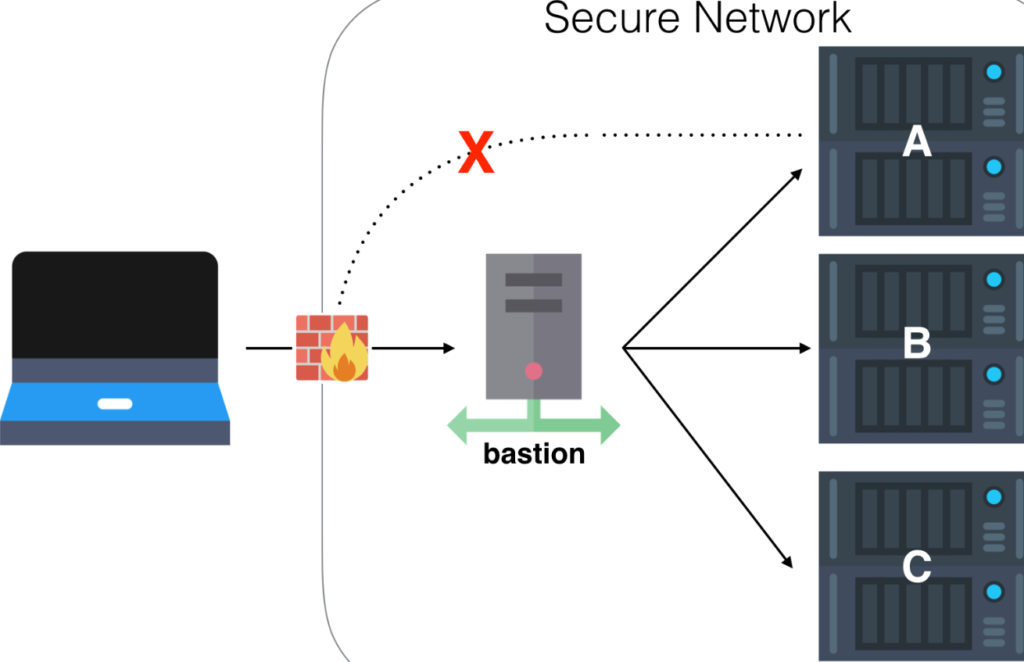
- How do I use PuTTY for a jump server?
To use PuTTY for a jump server, follow these steps [5]:
- Download and install PuTTY on your computer;
- Open PuTTY and enter the jump server’s IP address or hostname in the “Host Name” field;
- Select the appropriate connection protocol (e.g., SSH) and enter the port number (if different from the default);
- In the “Connection” > “SSH” > “Tunnels” menu, enter the IP address and port number of the device you want to access on the network;
- Click “Add” to add the tunnel, and then click “Open” to establish the connection to the jump server;
- Authenticate yourself on the jump server using your credentials;
- Once you have authenticated, use PuTTY to connect to the device you want to access by entering the IP address and port number of the tunnel you created in Step 4;
Useful Video: VPN vs Proxy: Big Difference!
References:
- https://www.wiredtitan.com/jump-server-vs-vpn-whats-the-difference/
- https://jumpcloud.com/blog/jump-servers-obsolete
- https://www.reddit.com/r/aws/comments/a7qbzt/vpn_or_jump_boxes/
- https://www.ssh.com/academy/iam/jump-server
- https://www.codeproject.com/Articles/1161536/Jump-Box-Implementation-to-Access-Your-Network-Res




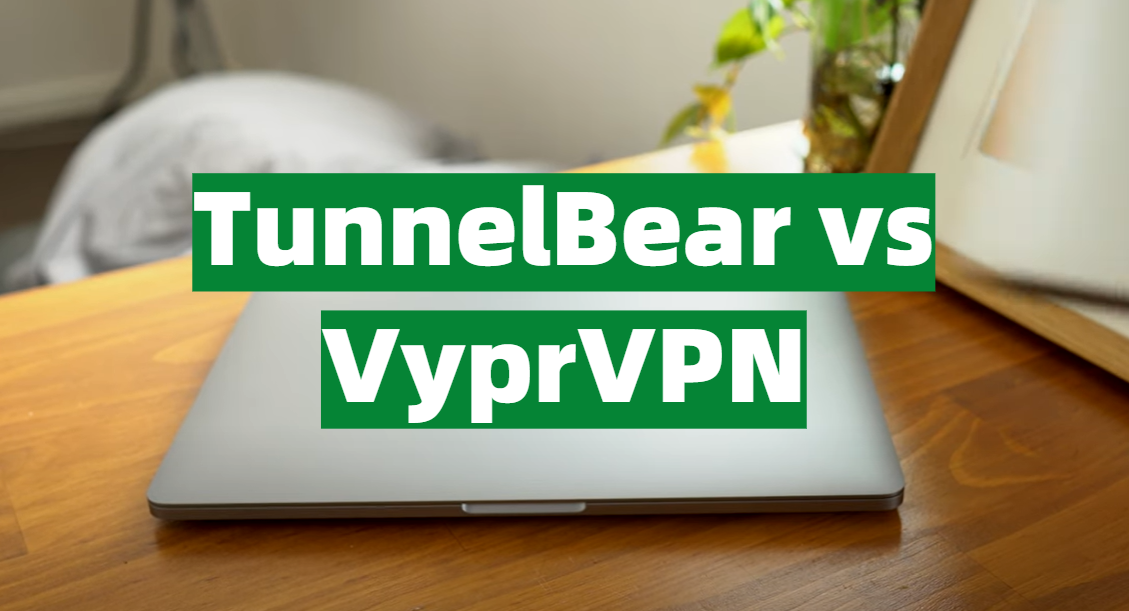
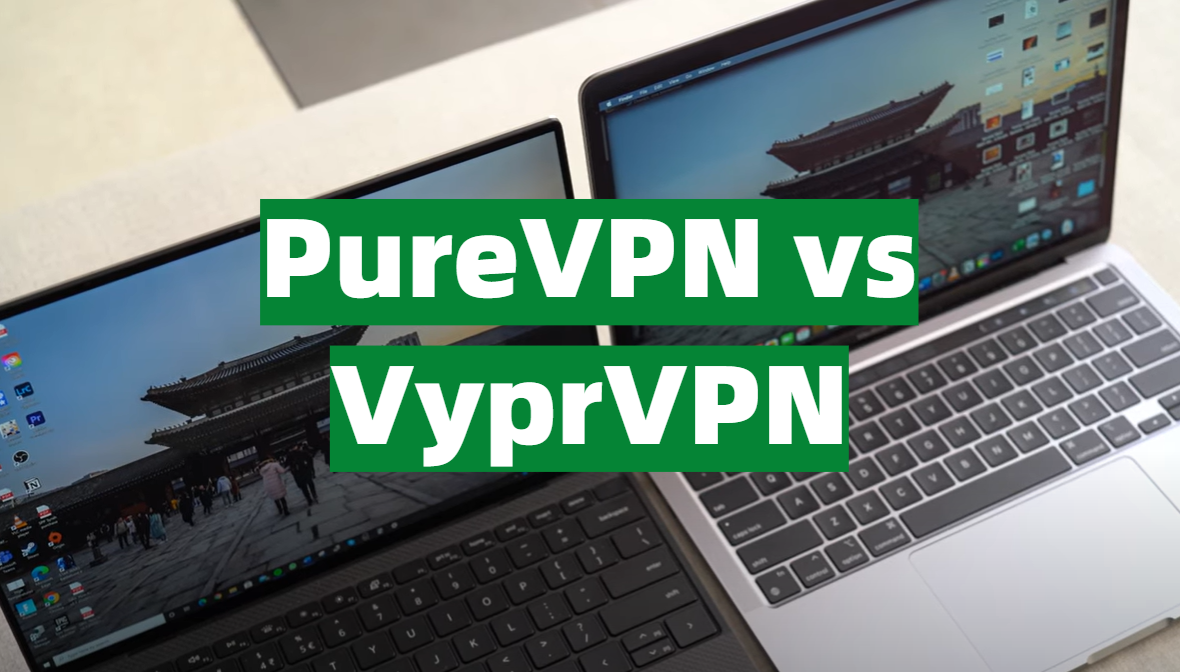
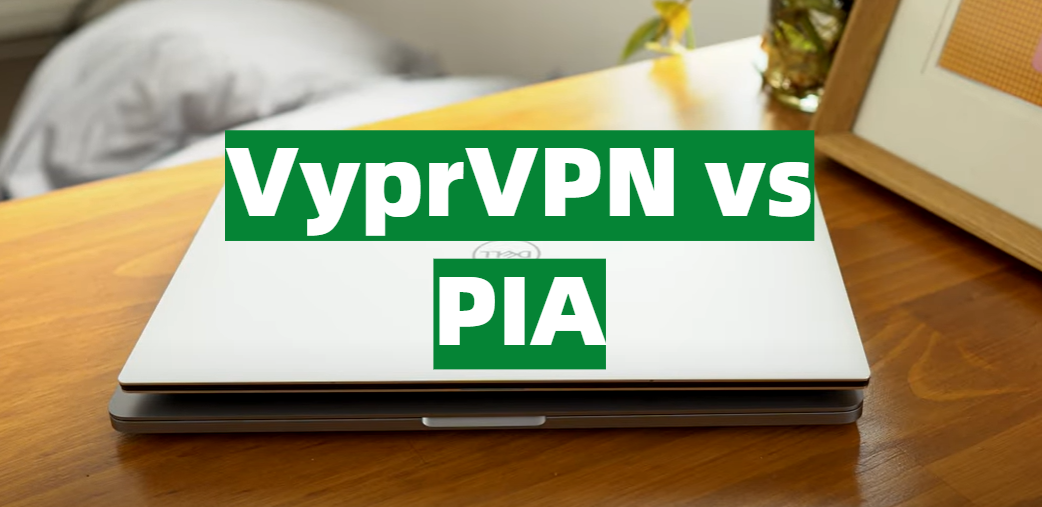

Leave a Reply